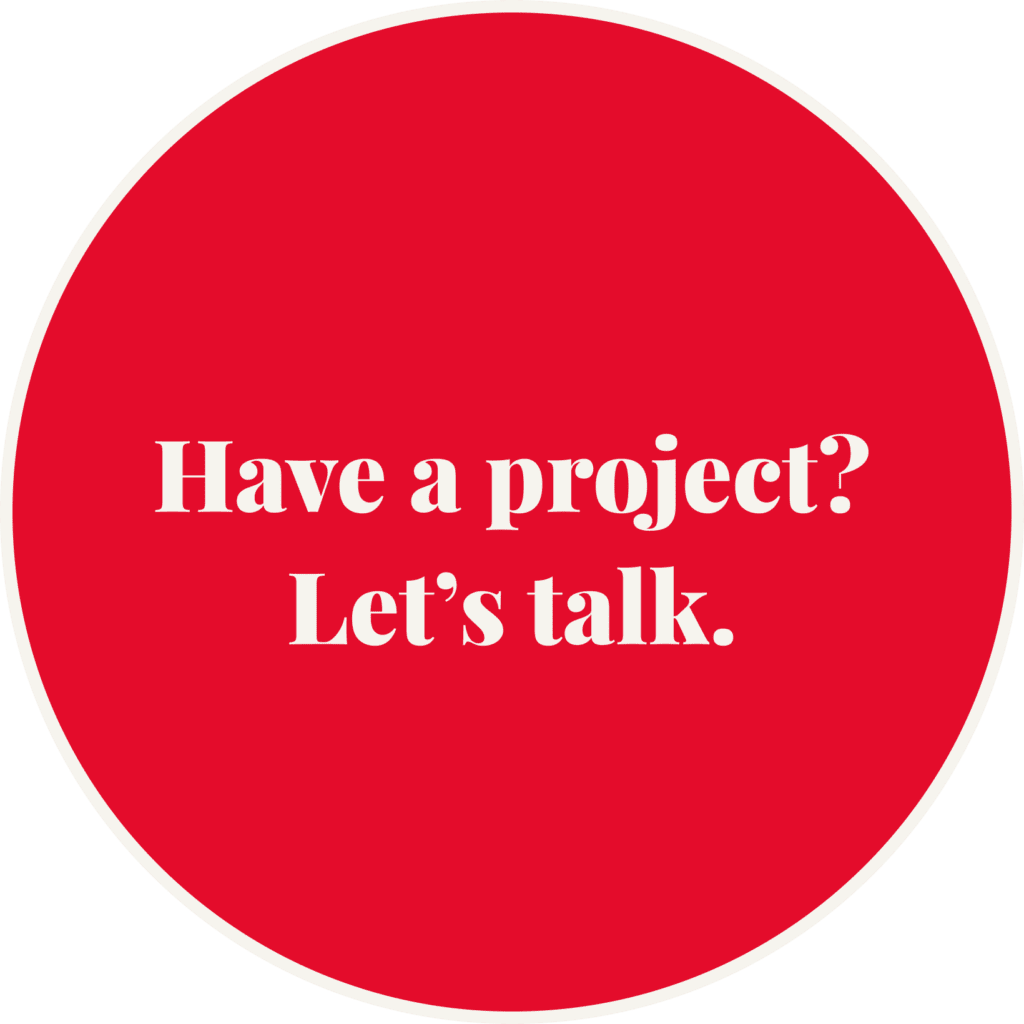Our team of web and design professionals are always happy to answer any questions you may have concerning web development, design, and marketing. Here is a grear question in regards to keeping your web content safe and valuable in a world where technology is ever-changing.
Q: How can you future-proof your web content assuming today’s CMS will be replaced with new and better technology in the future?
Answer:
Content migration due to a website re-design or upgrade can be costly and error-prone, so it’s important to plan ahead when creating content for your website. Each Content Management System (CMS) is different regarding how it stores content, and each developer’s implementation/configuration of a specific CMS will be a little different. WordPress is particularly strong when it comes to seamless upgrades. For the most part, they have gone from WordPress 1.0 to 3.5 without any breaking changes that would require a re-write or migration of blog post and page content.
Re-designs and upgrades should be considered separately for planning purposes. A re-design within a content management system usually includes a new theme, which should be mostly separate from the content. Some exceptions include WordPress widget areas (which change from one theme to another), functionality built into a theme that stores content in a non-traditional manner (more common in WordPress or Joomla than in Drupal), or content hard-coded into theme files (a poor practice by developers that is usually a shortcut to avoid a better structure).
Some important considerations when working with your developer on the structure of your content include:
- What “content type” is used for each piece of content (i.e. page, post, widget or other within WordPress; page, block, view, entity or other within Drupal; etc.)?
- Upon upgrading, will the content migrate seamlessly?
- When a new theme is installed, what content will disappear or will need to be copied manually?
- What content is dependent upon functionality that will be removed in an upgrade or re-design? Pay particular attention to content related to specific plugins/modules/add-ons.
- Are there plugins/modules/add-ons used by the site that are no longer available or supported by the new version of your CMS?
Each site is unique, but the more you follow your CMS’s conventions for storing content rather than customizing your site extensively with plugins/modules/add-ons and custom code, the more future-proof your content will be. It’s tempting to overly-customize your site or to install every plugin under the sun, but that will come back to bite you when you try to upgrade.
If you’re interested in upgrading your CMS or re-designing your site without losing your existing content, please contact us and we will take a look at your current site to give you some specific guidance about the best path forward!


